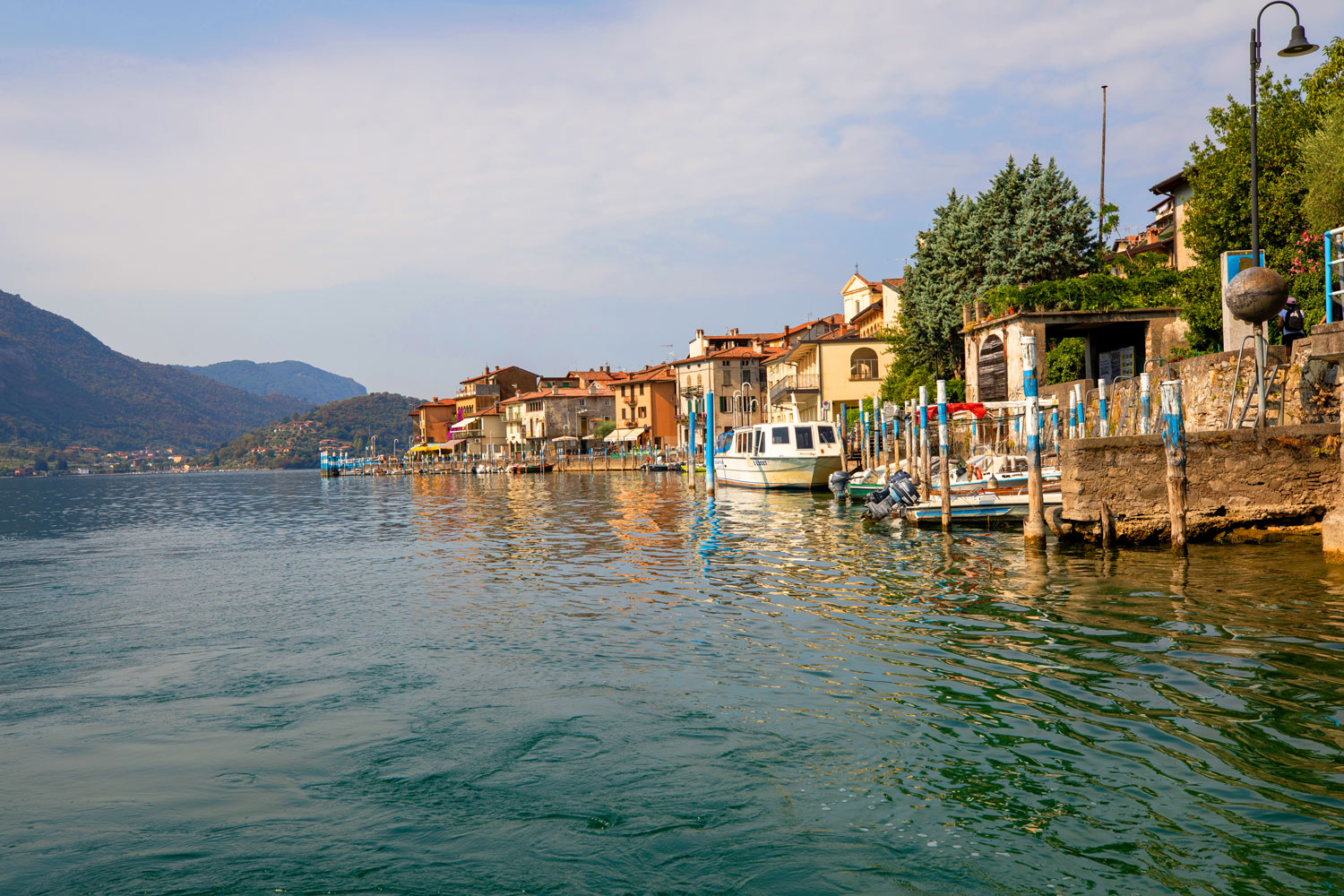Art and culture - History and Villages
Monte Isola’s History
- 16 BC Much of Lake Iseo, then called Sebinus, was subject to Roman rule and aggregated to the Res Publica Camunnorum.
During the Roman domination the first crops developed: vines, chestnuts and olive trees. - VIII century, the hinterland of Lake Iseo (the ancient Sebino) was entrusted by the Lombard sovereigns to the Benedictine nuns of S. Salvatore to reclaim it.
- 905, in the “court” of Monte Isola, belonging to the monastery of S. Giulia (ex S. Salvatore), there were four houses, arable land, vineyards, a forest, a harbour and farms.
- 1091, the Cluniac monks of Provaglio founded a monastery on the island of San Paolo.
- 1248, the Municipality of Brescia, after the defeat inflicted on it in Parma by Federico II, reoccupied the lost lands in the province, including the territory of Lake Iseo.
- 1300 ca., the construction of the Rocca Martinengo of Monte Isola began.
- 1390, Matteo II Visconti is in Peschiera as a guest of the Oldofredi family for duck hunting.
- 1411, Pandolfo Malatesta extends his dominion over the lake, drawing duties from Iseo, Monte Isola and other municipalities.
- 1426, the dominion of the Republic of Venice on the lake began, which lasted until 1797. The liberalization of the fishing right sanctioned by the Venetian Senate, abolishing the ancient feudal privileges, gave impetus to the activities related to fishing and the manufacturing of nets.
- 1497, Caterina Cornaro, Queen of Cyprus, stayed in Monte Isola.
- 1717, in Peschiera the fishermen decided to insist to the Senate of Venice that certain types of net considered dangerous for the fish species are prohibited. At the end of the century, Montisola’s fame as a land of fishing net builders was already well established.
- 1834, steam navigation began in Lovere: the first boat made the Lovere-Iseo-Sarnico journey.
- 1922-23, electricity arrived on the island.
Photos by: Linoolmostudio.it









Your contents on
#visitmonteisola